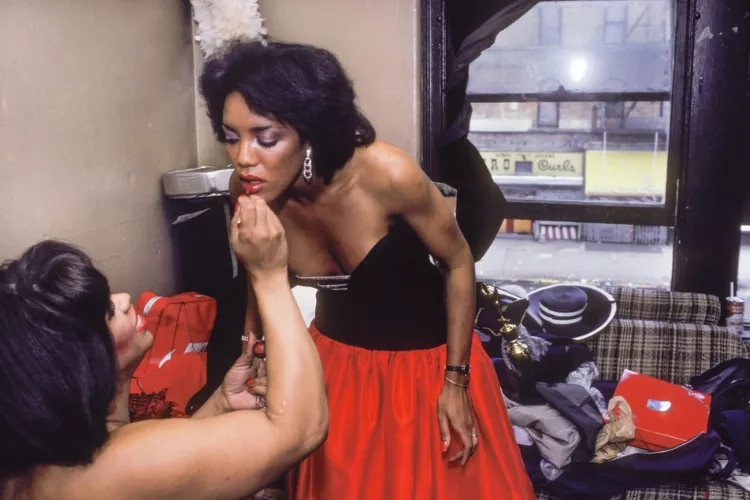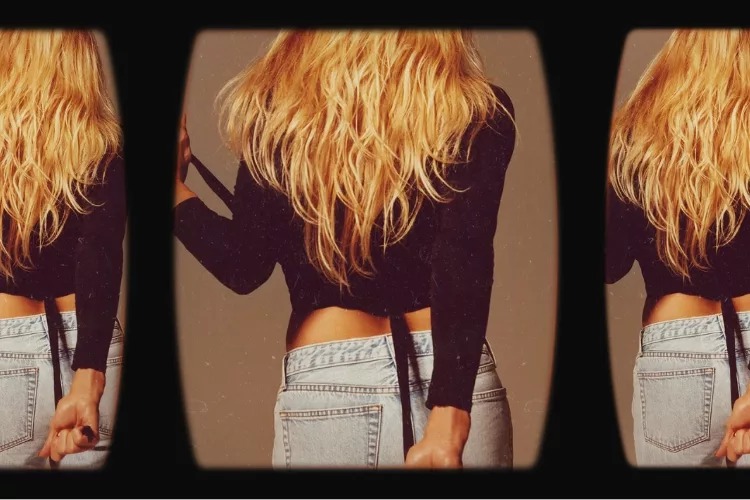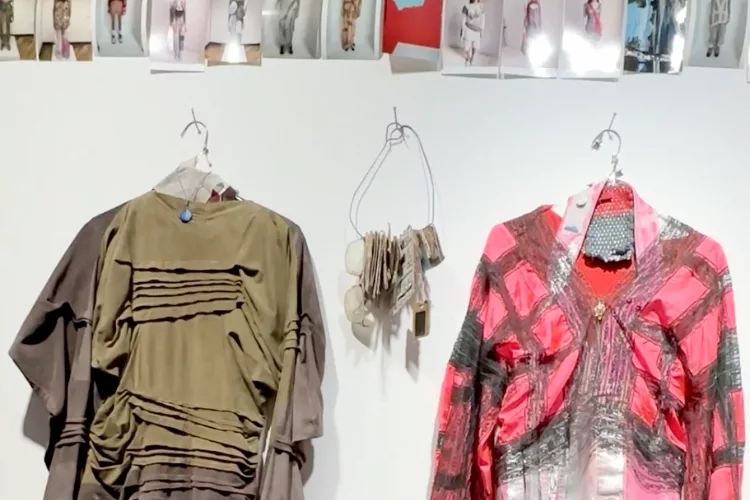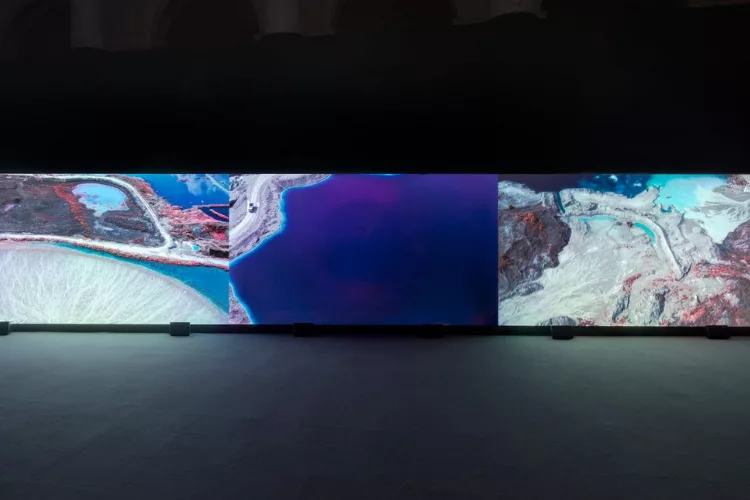The Incredible Women of NYC’s No Wave Cinema Scene
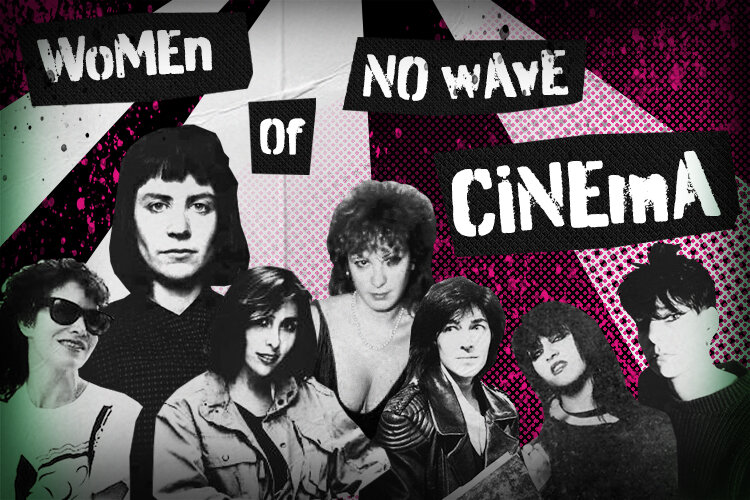
The underground film making movement of the late 1970s through early 1980s in New York City’s Lower East Side was a scene that embraced the DIY punk-spirit. The term “No-Wave” stems from the experimental art music of the ‘70s (think bands like Sonic Youth and Teenage Jesus and the Jerks). The guerilla films of the time period were just as avant-garde. Downtown New York became known for its imaginative explorations in every form of media and the art scene flourished– and what resulted was a wave of interesting work, especially from a group of creative women who were doing it all: writing, producing, directing, capturing and starring.
THESE ARE THE WOMEN OF NO WAVE You Need to Know
Vivienne Dick
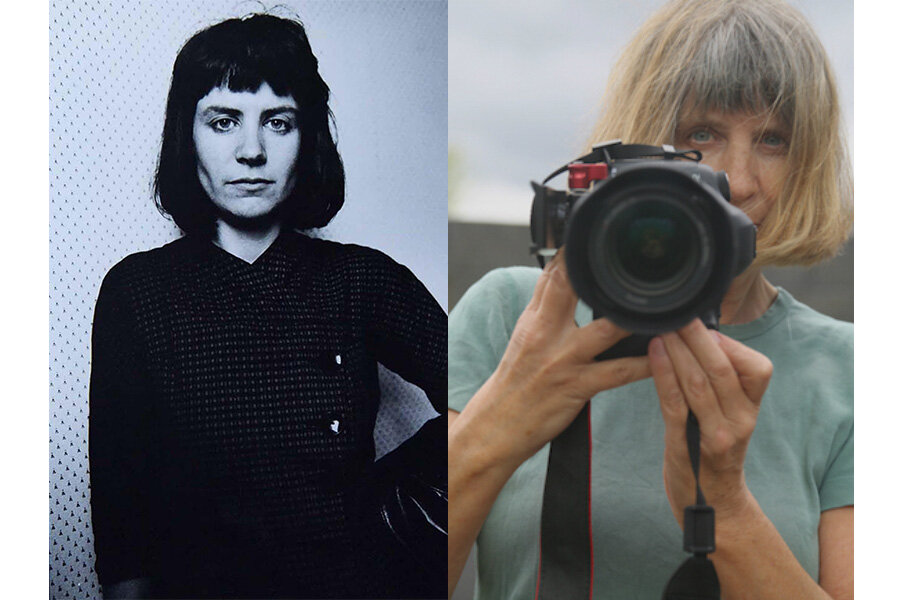
Vivienne Dick is an Irish feminist experimental and documentary filmmaker who’s early films helped define what was ‘No Wave’. Dick grew up in Ireland and attended college there in the 1960s, then moved to the United States in the 1970s. Living in New York, she produced a series of seminal Super8 short films that featured iconic sites such as Coney Island, the Statue of Liberty, and the World Trade Center. Dick’s newest film, New York Our Time, revisits the era with unseen Super 8 footage and present-day sequences reconnecting with her friends and the city.
Vivienne Dick’s Notable Films of the Era
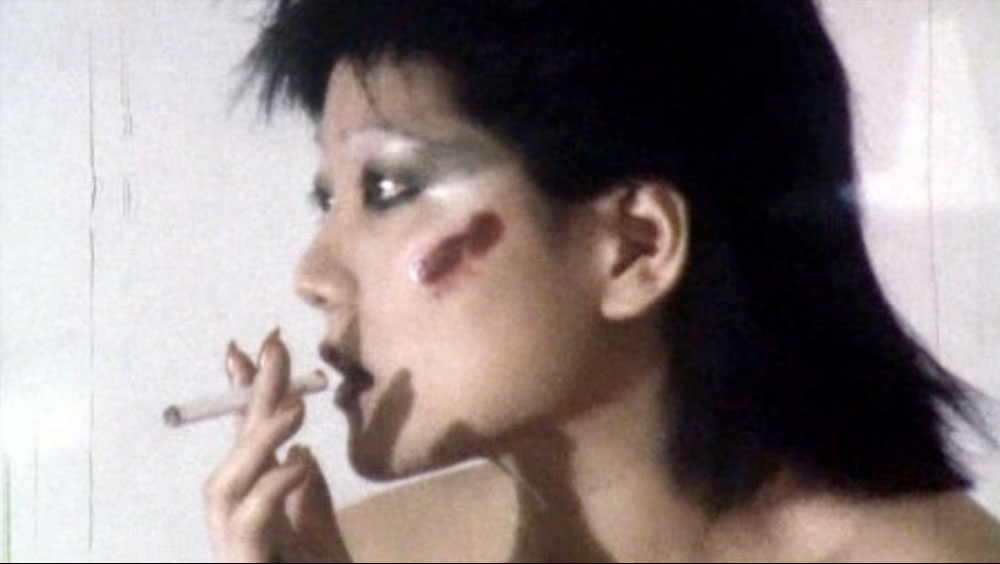
Guerillère Talks (1978)
Synopsis: Guérillère Talks, comprising seven rolls of Super 8 film, is a series of portraits of women, all of whom are associated with the No Wave music and art scene. The film features Beate Nilsen, Ikue Mori, Lydia Lunch, Pat Place, Adele Bertei, and Anya Phillips. In Guérillère Talks the filmmaker’s presence is felt through the expressive camera movements which contribute an energy and intensity to this exploration into notions of identity, as performers perform themselves.
Watch it Here
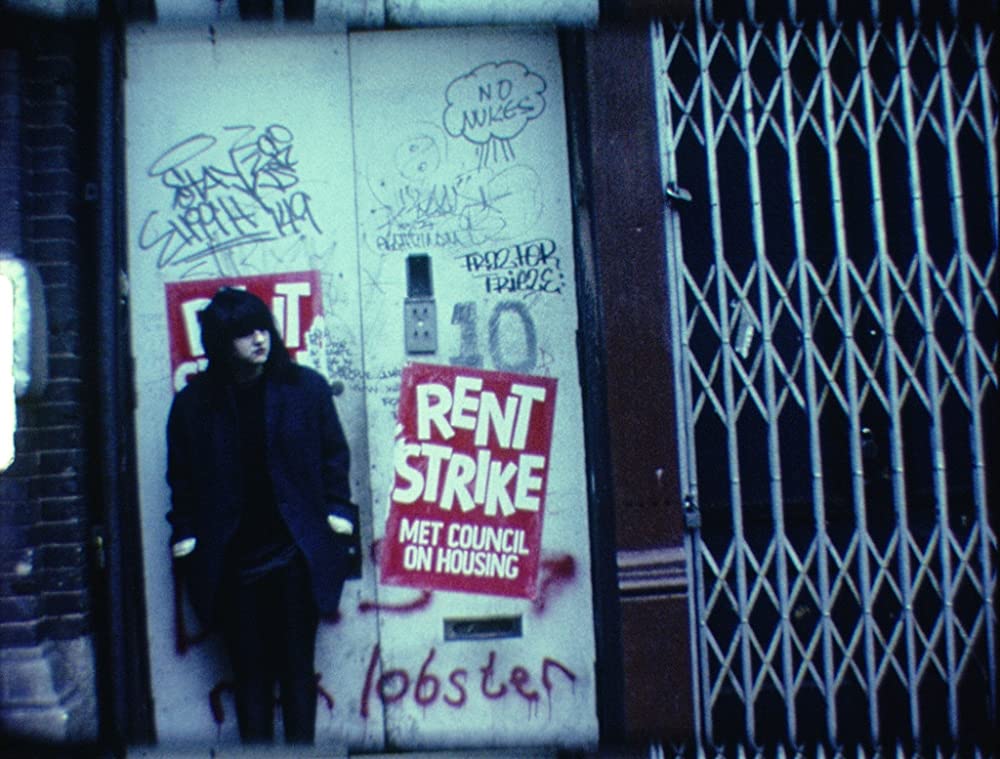
Beauty Becomes the Beast (1979)
Synopsis: Beauty Becomes the Beast describes a random access world mediated by TV images and shards of popular culture. The film features a powerful performance by Lydia Lunch regressing from adulthood to childhood, hinting at a sexually abusive past. It concerns itself with the position of woman as subject and the way women experience patriarchal law and the heterosexual order.
Watch it Here
Bette Gordon
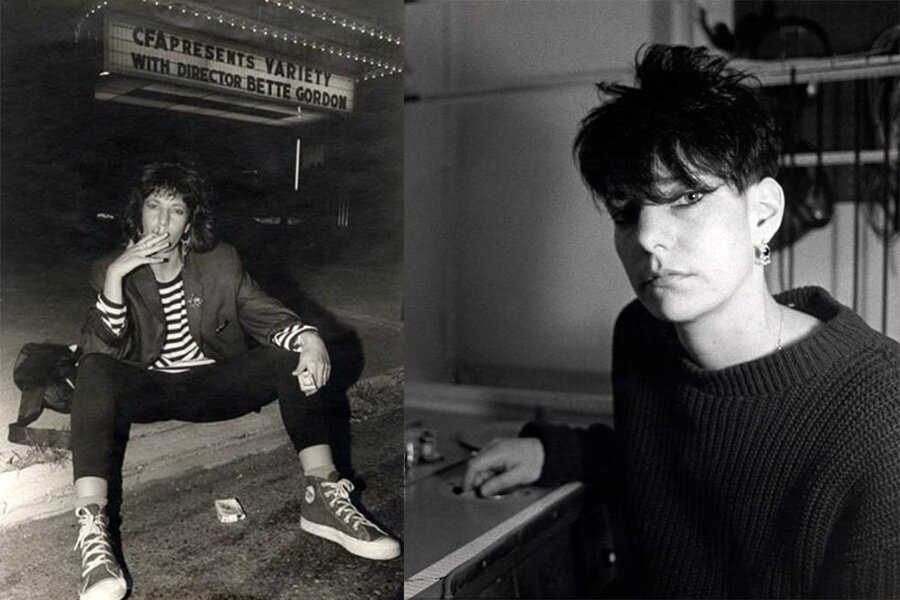
BETTE GORDON moved to New York from the Midwest in the early ’80s. She quickly became a trailblazer in American indie film making. Gordon’s films are notable for their bold themes of sexuality and womanhood. Some of her films are now included in permanent collections in museums, including both the Museum of Modern Art and the Whitney Museum of American Art.
Bette Gordon’s Notable Films of the Era
Variety (1983)
Directed by Bette Gordon, with a screenplay by Kathy Acker from a story by Gordon. This marked her debut as a feature film director. According to film site MUBI “Ingeniously inverting Taxi Driver, it’s a brilliant story of a woman trying to find meaning (and a livelihood) in a lonely life in a grimy city. One of the best evocations of New York put to film.”
Synopsis: Christine, a bright and unassuming young woman, takes a job selling tickets at a porno theater near Times Square. Instead of distancing herself from the dark and erotic nature of this milieu, Christine soon develops an obsession that begins to consume her life.
Watch on Amazon, Youtube, Apple or MUBI
Empty Suitcases (1980)
Synopsis: The story of a woman who commutes between New York and Chicago, between a lover and a job. Betrayed by the man and laid off by the university where she teaches, the heroine becomes aware of her alienation as she becomes involved in terrorist activity. An experimental film about the experience and representation of women, using different narrative methods.
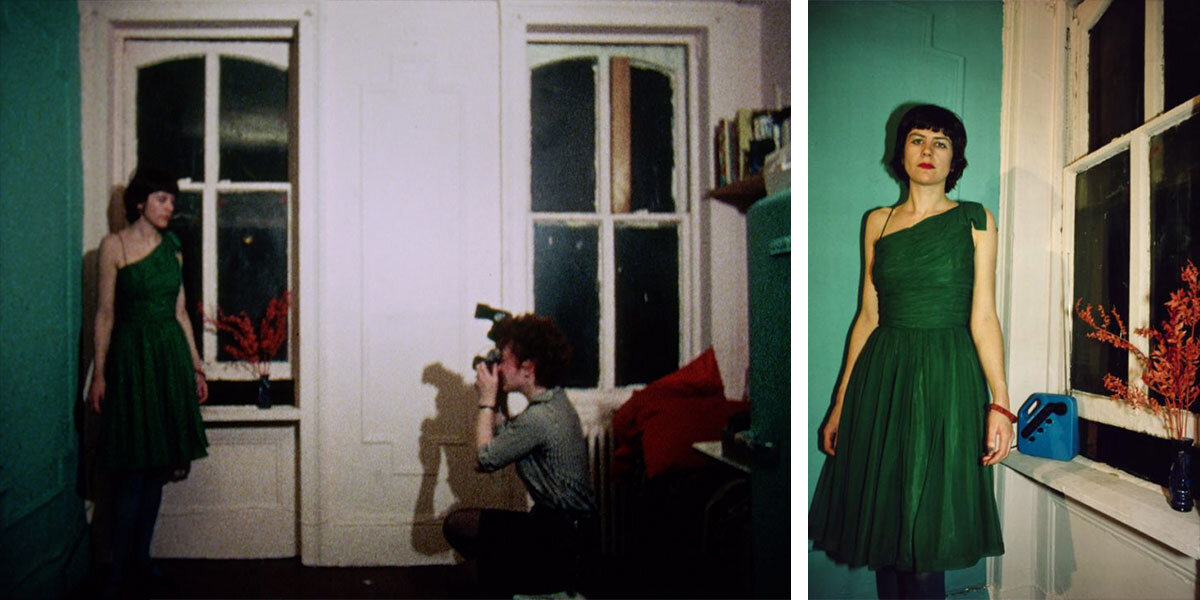
Nan Goldin
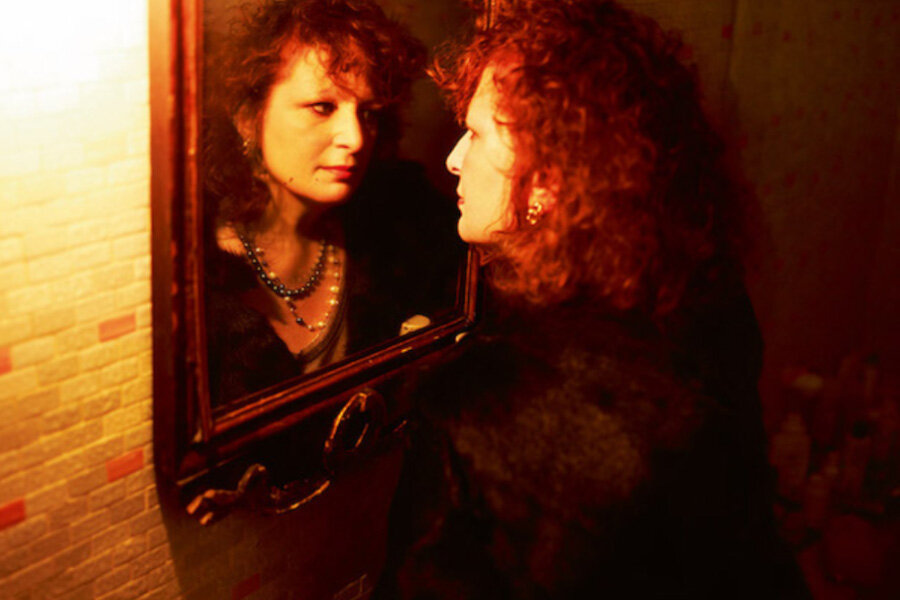
NAN GOLDIN is a photographer known for her autobiography-esque photographs of herself and those around her. The intimate and candid portraits especially capture the LGBTQ+ community and addiction. Her photographs overlapped with the scene and people. She was documenting this time period and she was even in No Wave films. You can see her photographs in the collections of The Museum of Modern Art in New York, the Tate Modern in London, the Museum of Contemporary Art in Los Angeles, and the Centre Georges Pompidou in Paris, and more. Her newest collection of work is called Memory Lost.
Nan Goldin’s Notable Films of the Era

The Ballad Of Sexual Dependency (1980–1986)
A collection of almost 700 photographs that captures Goldin’s own experiences around Boston, New York, Berlin, and beyond in the late 1970s and 1980s, set to a reminiscent soundtrack.
Susan Seidelman
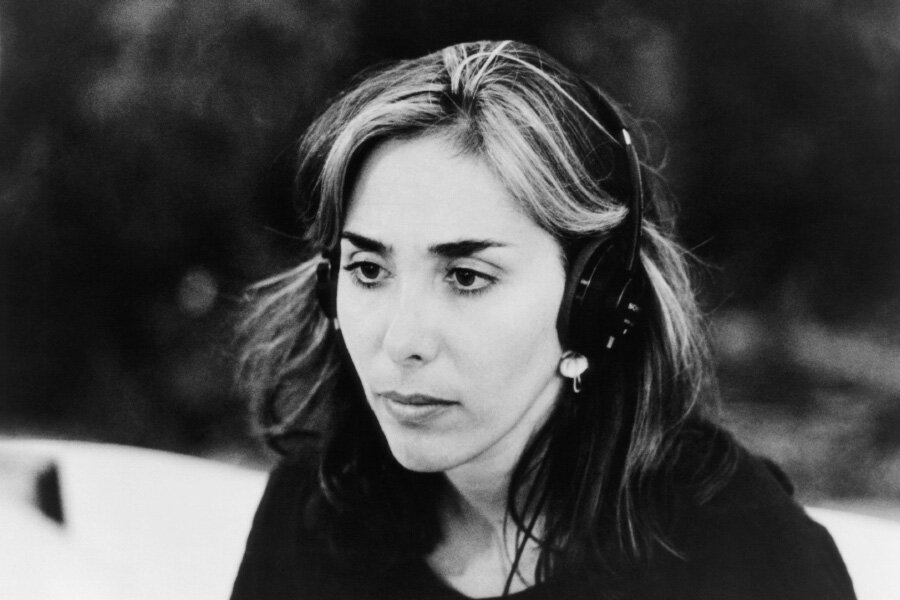
SUSAN SEIDELMAN is a film director, producer and writer. Born in Philadelphia, Seidelman was raised in the city’s suburbs and went on to study fashion design at Drexel University. After realizing that she didn’t want to spend time behind a sewing machine, she shifted career directions towards her love of film. Seidelman enrolled in New York University’s film program in 1974. After graduating, she did freelance editing work and assisted on television commercials while attempting to raise funds for a feature.
Susan Seidelman’s Notable Films of the Era
Smithereens (1982)
Synopsis: Daring and quirky teen Wren trades New Jersey for New York City, where she hopes to join what’s left of the punk rock culture. She spends time hanging out with Paul, another young city transplant, but he’s too safe for Wren’s tastes, which run to narcissistic rockers. She finds one of these in Eric (Richard Hell), who’s about to cut a record in Los Angeles. Before long, Wren is planning to accompany Eric when he heads west, but it’s soon clear she’s put trust in the wrong person.
Watch it on HBO MAX
Desperately Seeking Susan (1985)
Synopsis: New Jersey housewife Roberta Glass spices up her boring life by reading personal ads, especially a series of them being placed by a mysterious denizen of New York City named Susan (Madonna). When one of Susan’s ads proposes a rendezvous with her suitor at Battery Park, Roberta secretly tags along, which leads to her being mistaken for the woman herself.
Watch it on HBO MAX, Amazon, or Apple
Lizzie Borden
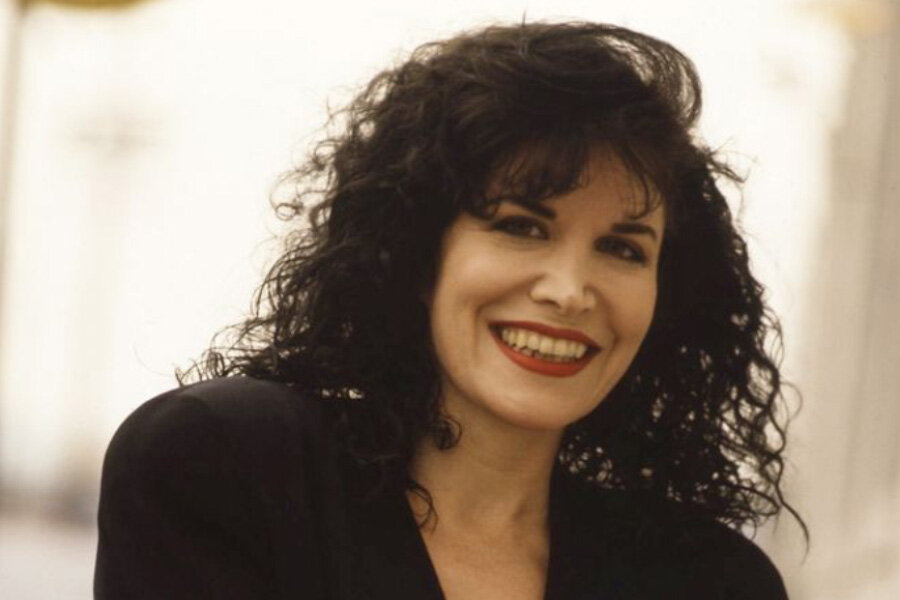
LIZZIE BORDEN was born in Detroit, Michigan. After receiving a BFA in art history at Wellesley College, she moved to New York, where she wrote for Artforum magazine and began experimenting with film. Her work takes on a feminist and political approach, investigating race, class, power, and capitalism — all from a female perspective.
Lizzie Borden’s Notable Films of the Era
Born in Flames (1983)
Synopsis: This pseudo-documentary, science-fiction film is set ten years after the most peaceful revolution in United States history. It presents a dystopia in which the issues of many groups – minorities, liberals, gay rights organizations, feminists – are dealt with by the government.
Working Girls (1986)
Synopsis: College graduate Molly, trying to bankroll her own business, works as a high-priced New York City escort. As a lesbian, she’s able to keep her emotional distance from the clients, who range from cynically exploitative to desperately needy. But her open ambition to rise above her current station rubs many of her coworkers the wrong way, especially the combative, street-smart Dawn and the escort service’s disdainful madam, Lucy.
Lydia Lunch
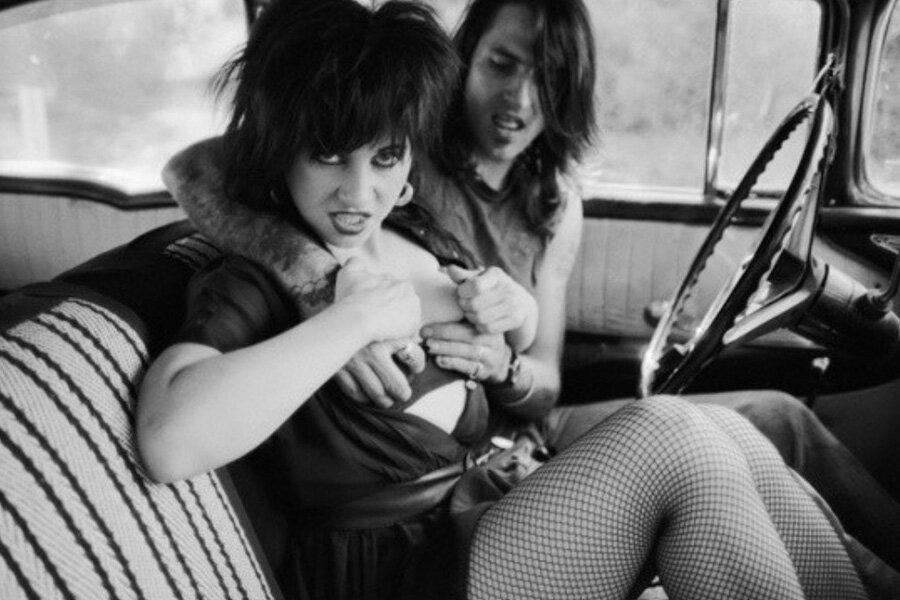
LYDIA LUNCH did it all and still does. The singer, poet, writer, and actress’ career took off with the No Wave scene in the 1970s, predominantly as the singer and guitarist of Teenage Jesus and the Jerks as well as being in many films of the era. Later on her collaboration with Sonic Youth called “Death Valley ’69” was named one of “The 50 Most Evil Songs Ever” by Kerrang!. Most recently she was the subject of a documentary by Beth B (see below)
Lydia Lunch’s Notable Work of the Era
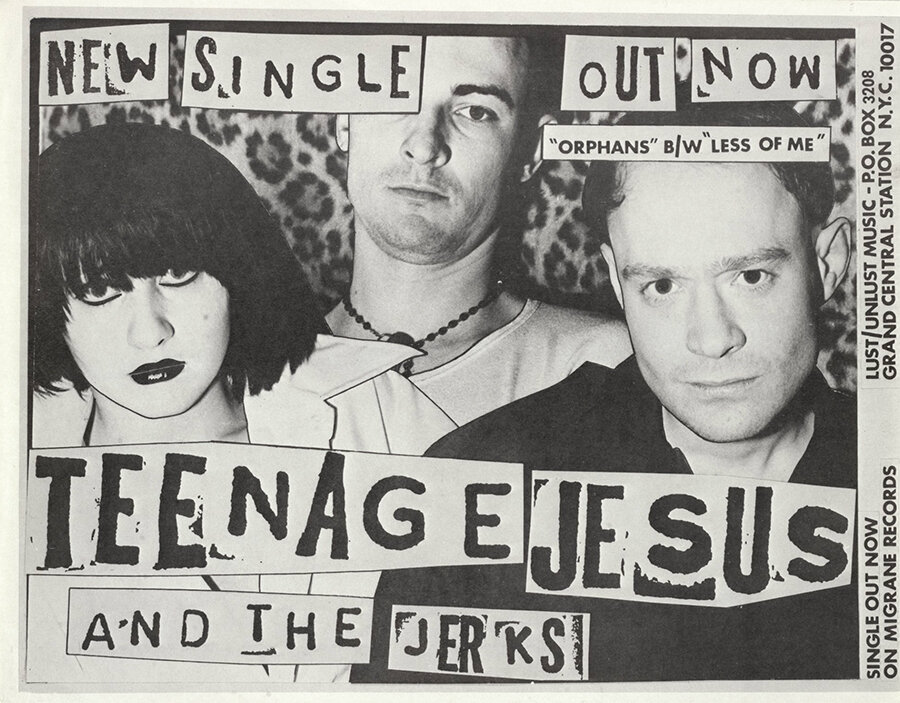
Teenage Jesus and the Jerks
Beth B
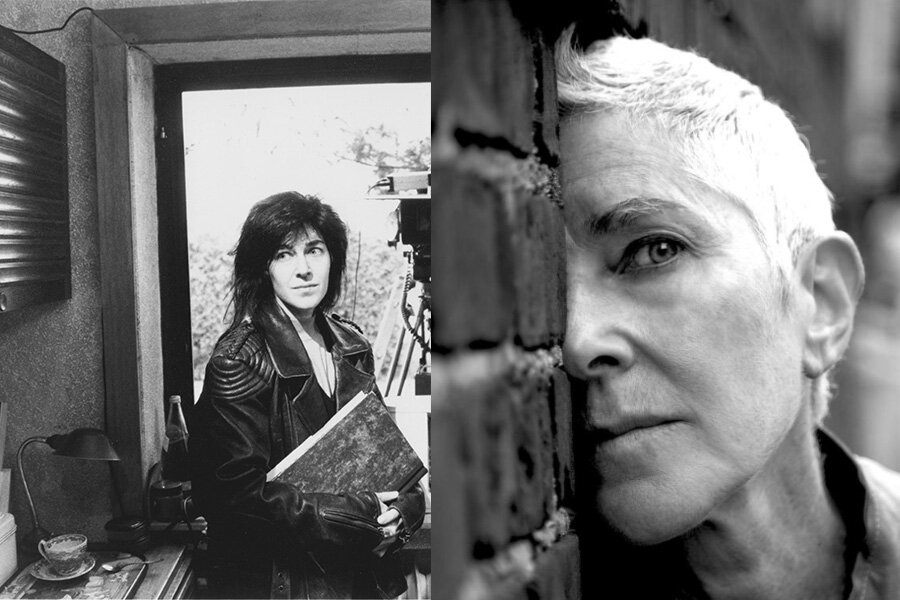
BETH B. was a prominent filmmaker of the punk underground film movement in the early 1980s. Known for her collaborative work with her husband Scott B, Beth B continues to make politically driven and provocative films. She recently did a documentary about Lydia Lunch.
Beth B’s Notable Films of the Era
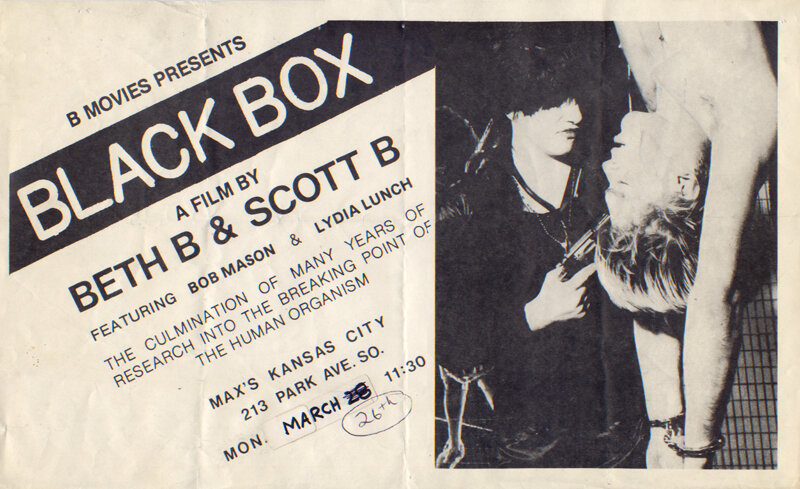
Black Box (1978)
Synopsis: An innocent youth is abducted and dragged down into a dystopian nightmare where teenage Lydia Lunch throws him into the Black Box.
Watch it Here
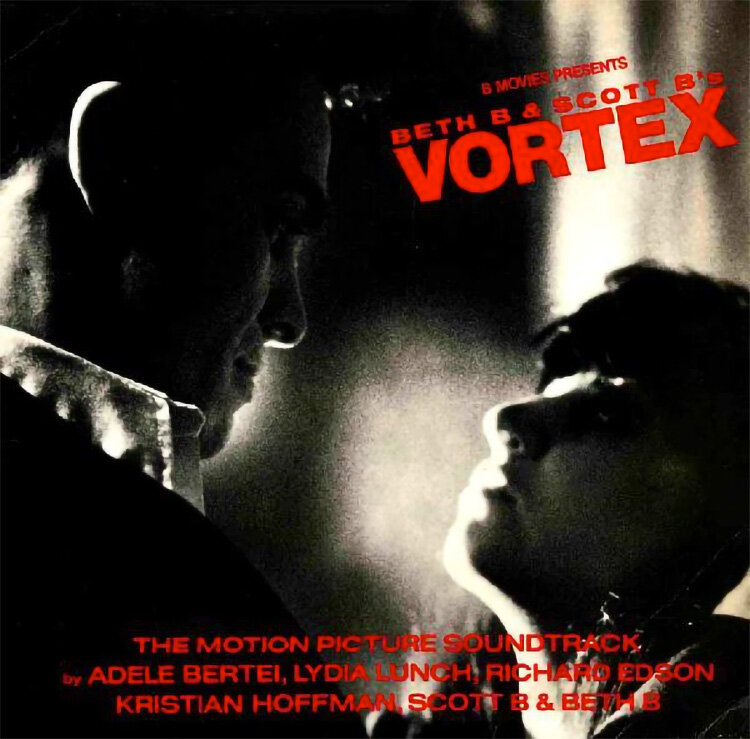
Vortex (1981) TRAILER
Synopsis: A film noirish thriller featuring frequent collaborator Lydia Lunch as a detective who becomes immersed in corporate chicanery and the exploitation of politicians by companies soliciting defense contracts.

